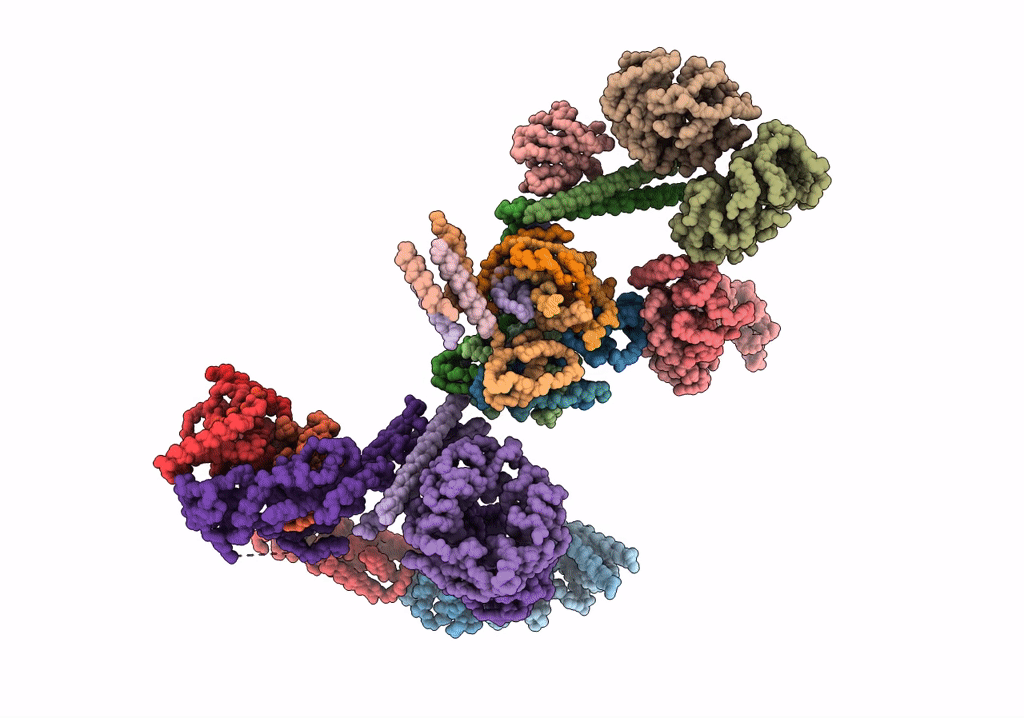
Deposition Date
2019-09-05
Release Date
2019-11-06
Last Version Date
2024-05-22
Method Details:
Experimental Method:
Resolution:
4.20 Å
Aggregation State:
PARTICLE
Reconstruction Method:
SINGLE PARTICLE


